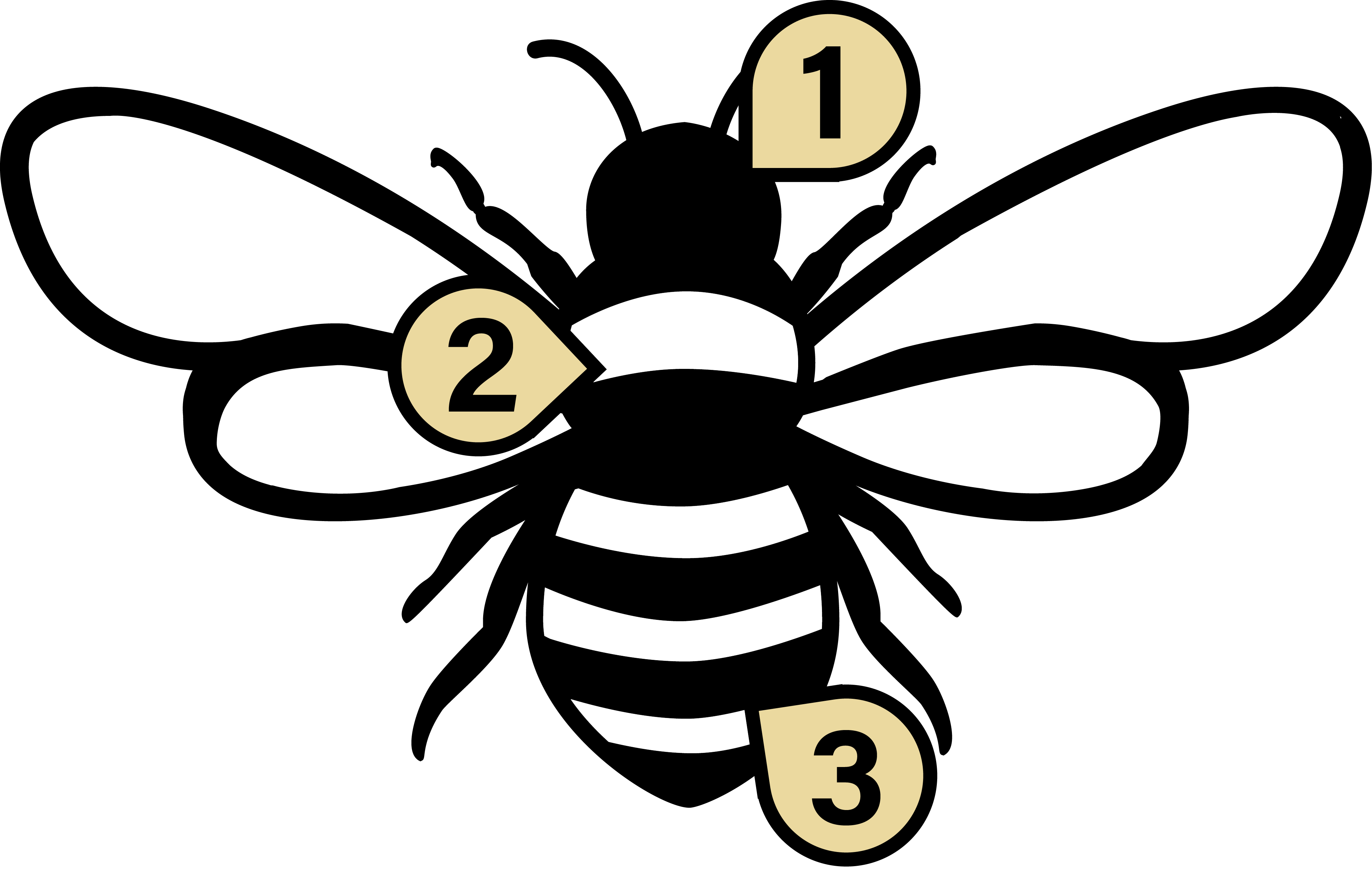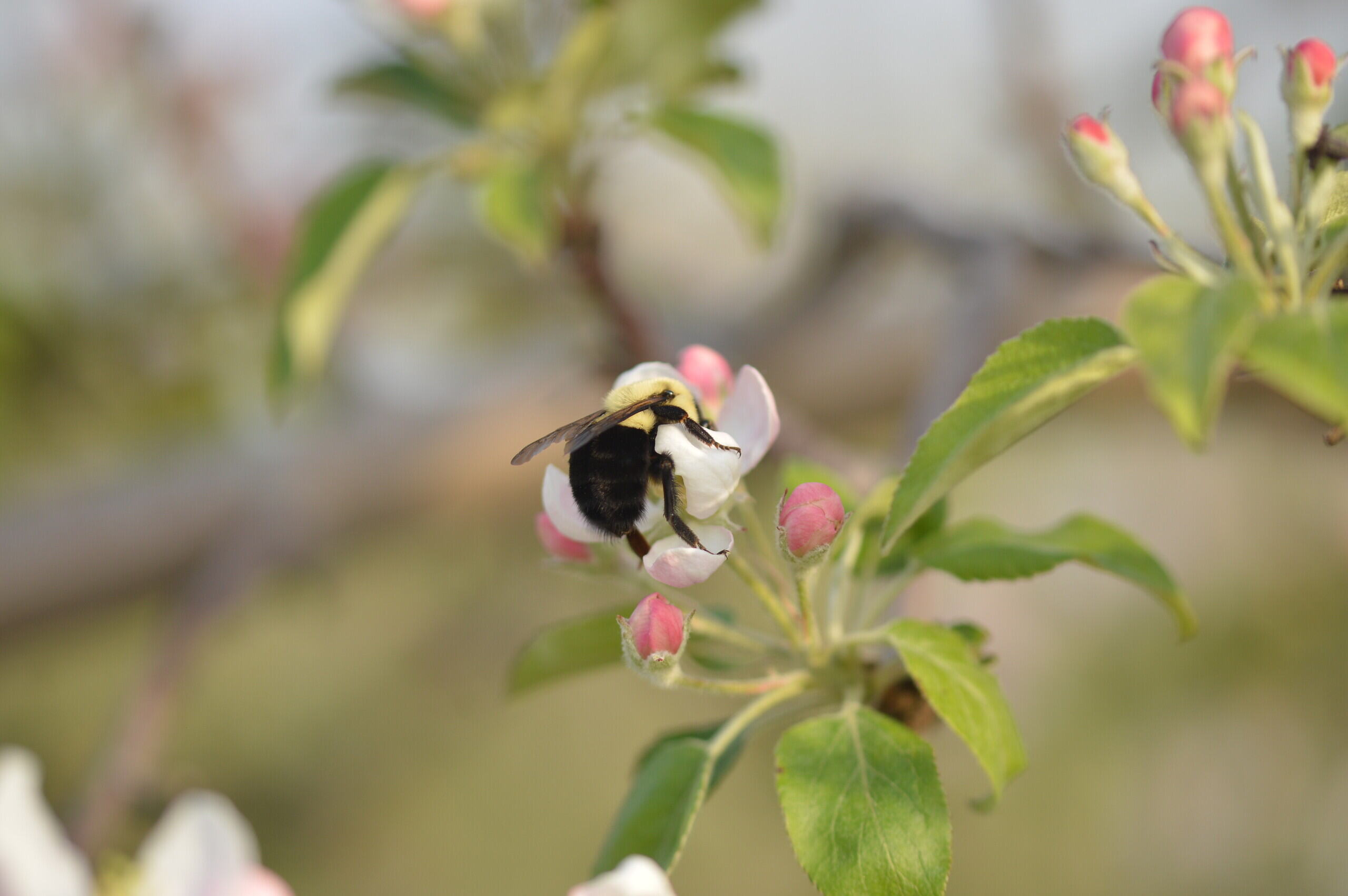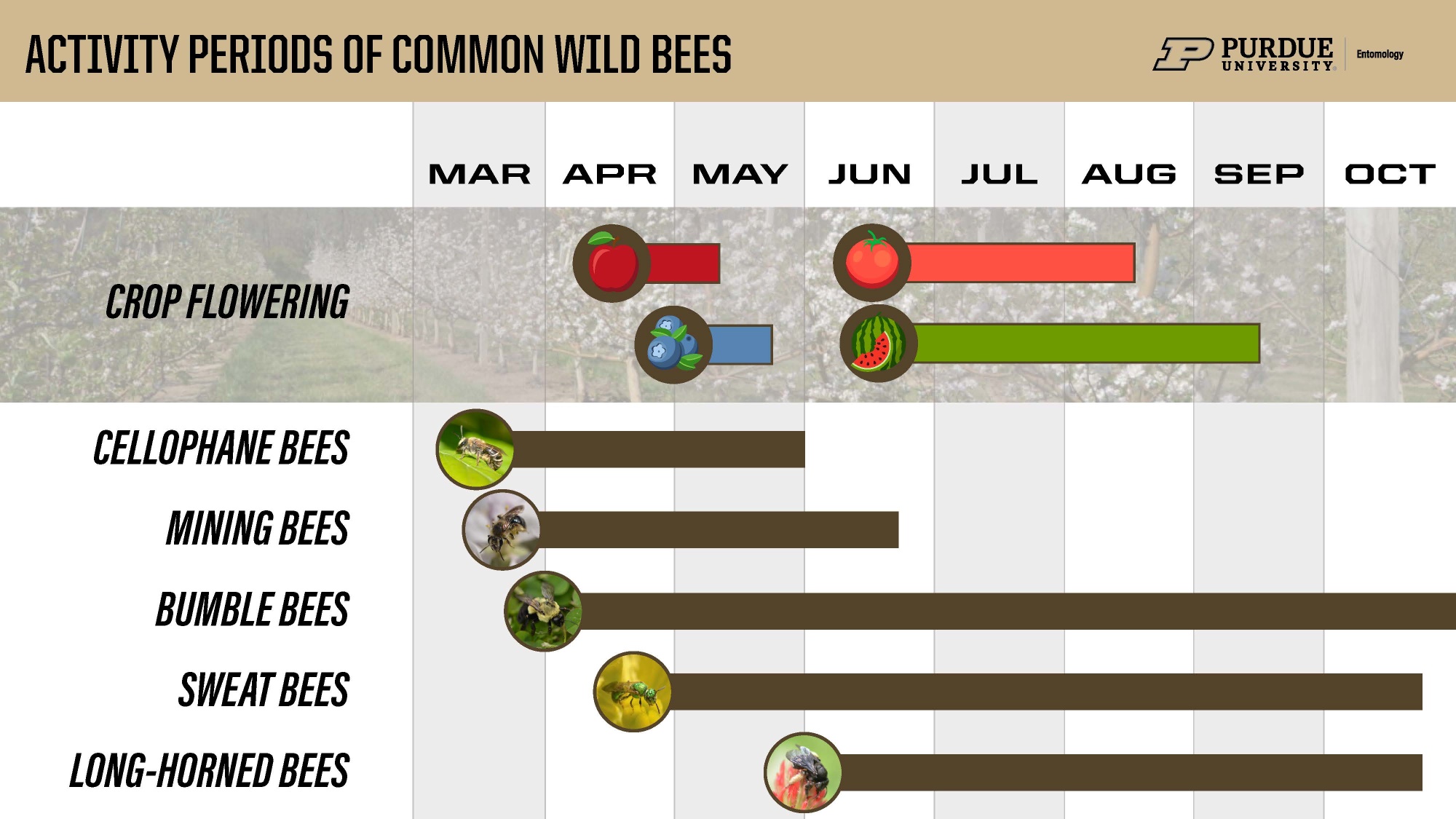Ella Stroh, Zeus Mateos-Fierro, Laura Ingwell, Ian Kaplan
Purdue University, Department of Entomology
Ashley Leach
The Ohio State University, Department of Entomology
What are wild bees?
There are over 400 species of bees native to Indiana. All of these species are wild, meaning they live independently of people. Unlike managed bees, which include honey bees and some species of bumble bees, wild bees do not live in human-built beehives and are not cared for by people. While honey bees are recognized as an economically important species because they pollinate crops and produce economic products like honey, the importance of wild bees is often overlooked. Indiana’s wild bees provide free pollination services to a variety of specialty crops and can play an essential part in maintaining crop yields. For example, some wild bees are better suited to Indiana’s climate than honey bees, so they remain active at colder temperatures and in cloudy weather. Additionally, many wild bees are more effective pollinators than honey bees, depositing more pollen grains per flower visit. For growers aiming to monitor their pollination services, understanding which wild bees are contributing to pollination is an important step. This guide describes some of the common wild bees in Indiana, including where they live, when they are active, and how to recognize them.

Indiana is home to many species of wild bees that visit crop flowers, cover crops, and wildflowers alike. This two-spotted long-horned bee (Melissodes bimaculatus) is visiting crimson clover in a watermelon field.
Specialty crops in Indiana

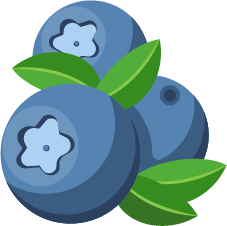
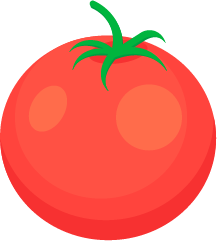
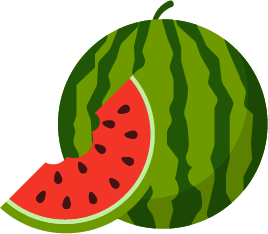
Many different specialty crops are grown in Indiana. Apples, blueberries, tomatoes, and watermelons are among the most economically important and reliant on bees for fruit production. This guide highlights some of the important pollinators for these four crops. One or more crop icons accompany each bee in this guide to indicate which of these four crops it pollinates.
How To Use This Guide
Are wild bees social or solitary?
Bees live in a variety of different ways, which broadly fall into two categories.
Social Bees |
|
Solitary Bees |
|
Where do wild bees live?
| Nesting type | Habitat type | Habitat management tips |
|---|---|---|
Soil
|
Soil-nesting bees dig nests into bare, loose soil. | Leave areas of bare, loose soil near fields or on field margins. Minimize soil-compacting activities in these areas. |
Stem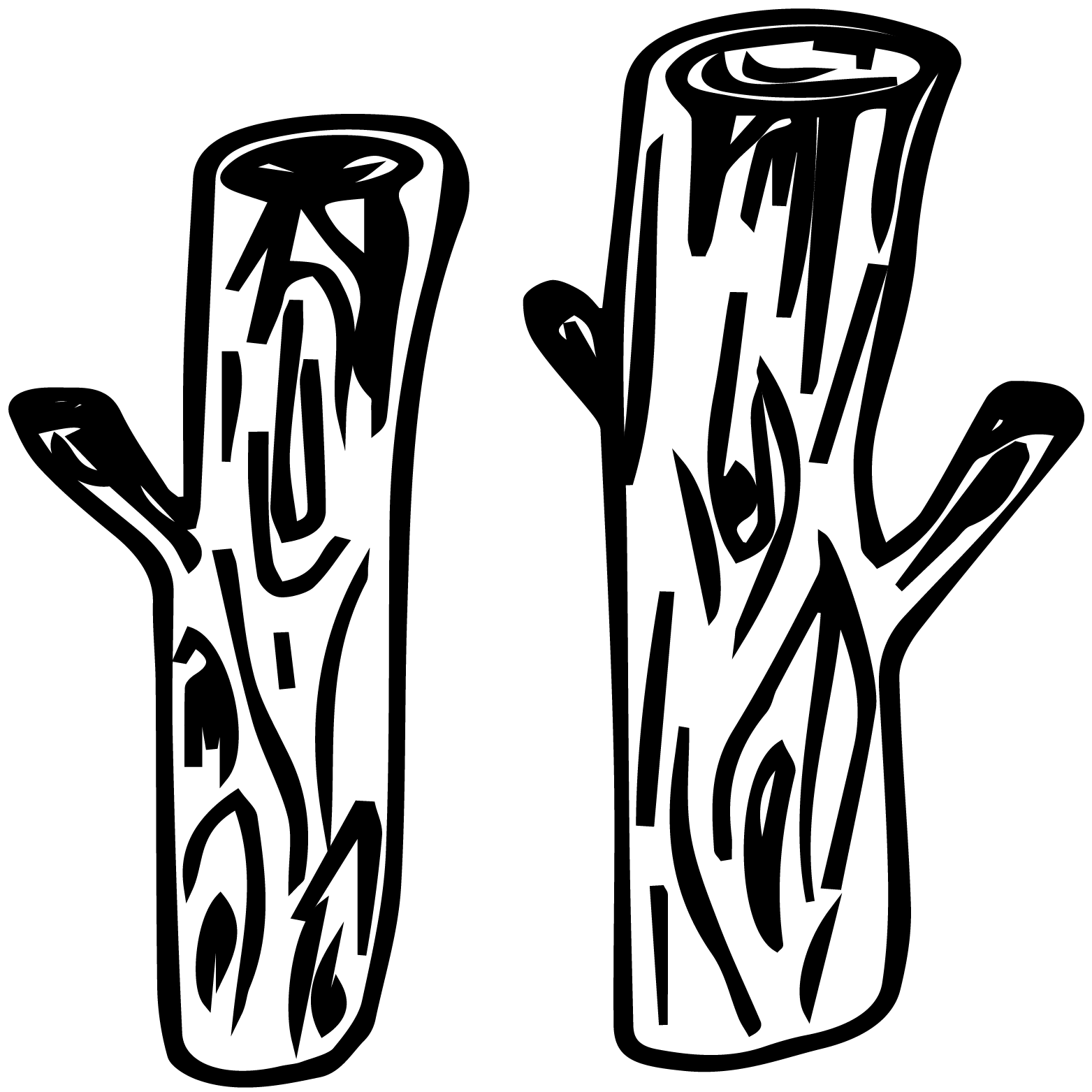
|
Stem-nesting bees make nests in the center of dead plant stems or other cavity-like materials, like bee hotels! | Avoid clearing brush or woody plants at the end of the season. Prune plant stems and bushes several feet above the ground, leaving the pruned ends open for stem-nesters. |
Cavity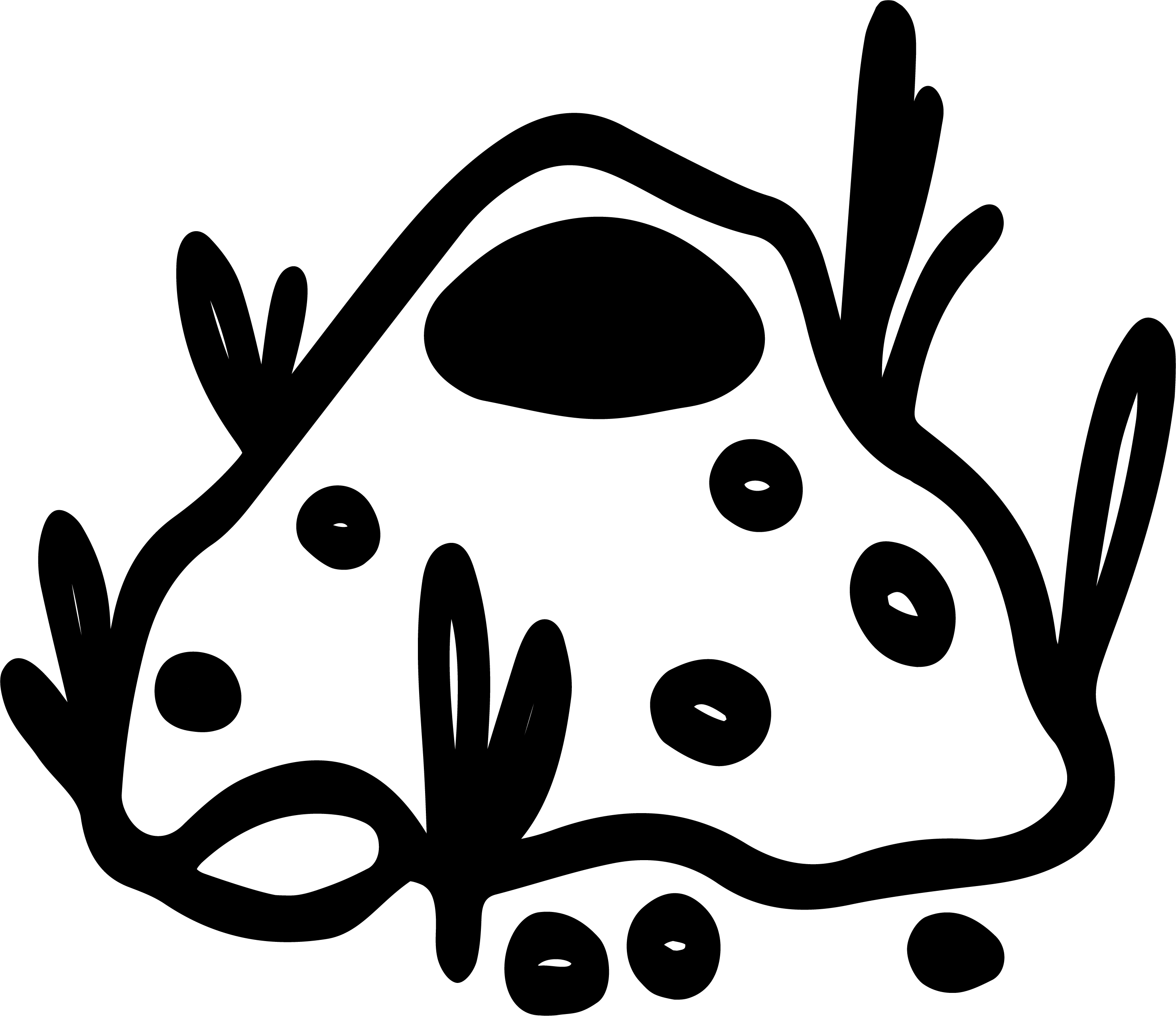
|
Cavity-nesting bees, which include bumble bees, make their nests in preexisting holes. For example, colonies are often built in old rodent burrows. | Minimize mowing and other soil-compacting activities that could collapse rodent burrows in grassy, unmanaged areas. |
Every female bee requires the appropriate habitat to build her nest and their habitats look different for each nesting behavior. One good general practice for all bees is to leave some areas of land (e.g., field margins and woodlots) unmanaged and undisturbed, while minimizing pesticide applications in these areas.

Ground nesting bees, like this cellophane bee, build their nests in loose, bare soil. Photo by John Obermeyer.
Who are Indiana’s wild bees?
Bumble Bees





ID characteristics: Large-bodied (11-25 mm) and fuzzy, bumble bees (genus Bombus) are almost unmistakable. They can be confused with carpenter bees, but while carpenter bees have a shiny, all-black and mostly hairless abdomen, bumble bees are fuzzy all over and often have some yellow or brown hair on their abdomen. They carry pollen on their hind legs like honey bees do, rolled into tight balls.
Fun facts: Bumble bee queens fly in the springtime and forage on spring-blooming crops like apples and blueberries before confining to their nests to lay eggs and create their colonies. Later in the year, worker bees emerge and visit many different crop flowers. Bumble bees can buzz pollinate, meaning they vibrate their abdomens when visiting some flowers (e.g. tomato), which often leads to more successful pollination. Bumble bees are therefore effective pollinators of many different crops throughout the year.
Cellophane Bees



ID characteristics: Cellophane bees (genus Colletes) are medium-sized (7-14 mm) and predominantly black or brown, with white stripes on their abdomen and a “heart-shaped” face that is wide at the top and narrow at the bottom.
Fun facts: These bees get their name from the cellophane-like substance that they use to line their nests, which protects the eggs from water damage. They have also been observed buzz-pollinating blueberry flowers in Indiana, making them very effective pollinators.

Cellophane bees pollinate blueberries and other spring-blooming crops. They often have shiny black abdomens with stripes of white hair.
Sweat Bees






ID characteristics: Often small (or even tiny) (2-14 mm), sweat bees (family Halictidae) come in many different colors. Some are black, while others have a dull metallic sheen. Several species are bright metallic green or blue.
Fun facts: Sweat bees are a very diverse group of bees in Indiana and are also incredibly abundant throughout most of the growing season. They get their name from their tendency to land on people in search of the salts in our sweat. One common misconception is that sweat bees bite—this is not true! Although they may sting if threatened, they are often very docile and can be gently swatted away.
Sweat bees come in many shapes and sizes, from bright metallic green (A) to dull black (C). Pictured in B, some of the tiniest and most common sweat bees in Indiana are a dull metallic gold/green color. They can be seen from mid spring through early fall on a wide variety of crop flowers, including apples, blueberries, tomatoes, and watermelons.
Mining Bees



ID characteristics: Mining bees (genus Andrena) are small to medium-sized (4-14 mm). They can be all dark or have light hair on their thorax, sometimes with white stripes on their abdomen. Females have distinctive vertical lines of pale hair between their eyes.
Fun facts: Mining bees are some of the most abundant and diverse native bees in spring flowering crops. They are the most frequent wild bee visitors to apple flowers. While most species of mining bee will visit many kinds of flowers, one species (Andrena carolina) almost exclusively visits blueberry flowers and can therefore play an important role in blueberry pollination.
Mining bees are found in many spring-blooming crops, including apples and blueberries. They come in several sizes and colors but can be distinguished by the pale stripes of hair between their eyes (see the face of the bee in B).
Long-Horned Bees


ID characteristics: Male long-horned bees (tribe Eucerini) are easily distinguished by their long antennae, which can be over half the length of their body. Females are large (8-17 mm), hairy bees, often with yellow hair on their thorax and a black abdomen with white stripes of hair. The two-spotted longhorn bee Melissodes bimaculatus, the most common long-horned species in Indiana, is all-black with two white spots on the back of their abdomen.
Fun facts: This group of bees includes generalist bees like Melissodes bimaculatus, which visit many summer-blooming flowers, especially watermelons. It also includes the specialist squash bee Eucera pruinosa, which almost exclusively visits squash flowers and occasionally other cucurbits.
Long-horned bees are active in the summer and have large, fuzzy bodies. The squash bee (A) has yellow-orange hair on the thorax and thin white stripes on its black abdomen. It exclusively visits cucurbit flowers, while other long-horned bees (B) visit many different flowers.
Managed bees
Honey Bees





ID characteristics: Honey bees (Apis mellifera) are medium-sized (10-15 mm) and have light-colored orange/yellow abdomens with black stripes. They carry pollen on their hind legs, rolled into tight balls.
Fun facts: Honey bees are not native to the United States. The species of honey bee found in the U.S. originated in Asia. Honey bees are kept in hives managed by humans but some may escape and live in feral colonies on the landscape and are unmanaged. These colonies often die after a year or two without the help of people to care for them.
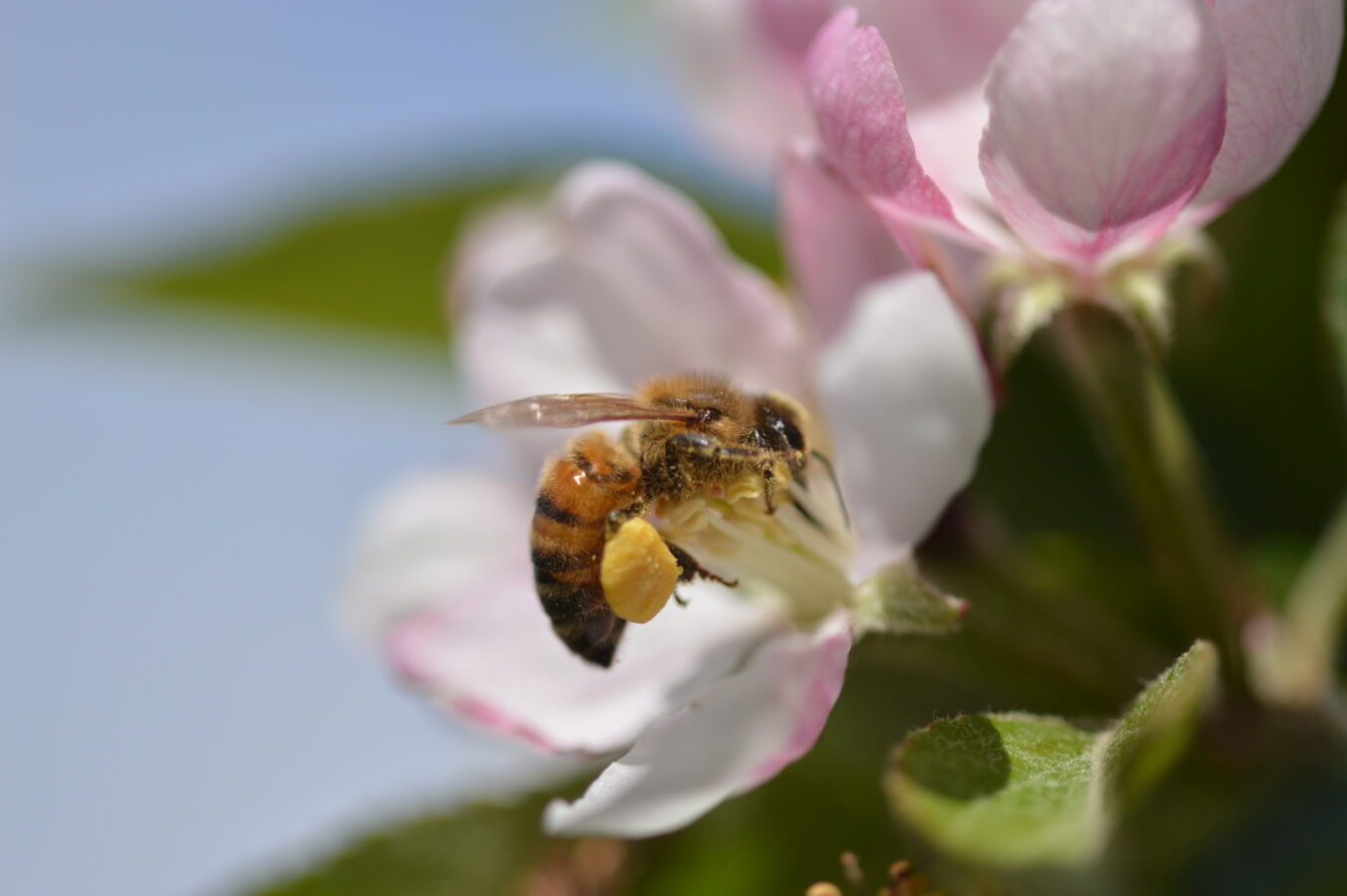
Honey bees visit lots of different crops throughout the year, including apples. They carry pollen on their hind legs and have black stripes on their orange abdomen.
How can we protect wild bees?
Understanding which wild bees visit the different specialty crops in Indiana enables growers to make informed and targeted management choices on their farms to enhance and protect bees and the pollination services they contribute. The nesting habits for each type of bee provide clues to how their nesting resources can be preserved, and their activity periods inform which times of year growers should be most conscientious about their timing and method of pesticide application. Purdue Extension Entomology offers a variety of other guides detailing management practices for protecting pollinators. All pollinator extension materials can be accessed online on the Purdue Extension Entomology website. Other pollinator extension materials from The Ohio State University can be found here.
Acknowledgements
All photos were provided by Zeus Mateos-Fierro, unless otherwise specified in caption. Illustration on pages 5-6 by Bransen Shidler.
Reference in this publication to any specific commercial product, process, or service, or the use of any trade, firm, or corporation name is for general informational purposes only and does not constitute an endorsement, recommendation, or certification of any kind by Purdue Extension. Individuals using such products assume responsibility for their use in accordance with current directions of the manufacturer.
July 2024

It is the policy of the Purdue University Cooperative Extension Service that all persons have equal opportunity and access to its educational programs, services, activities, and facilities without regard to race, religion, color, sex, age, national origin or ancestry, marital status, parental status, sexual orientation, disability or status as a veteran. Purdue University is an Affirmative Action institution. This material may be available in alternative formats.
www.extension.purdue.edu
Order or download materials from www.edustore.purdue.edu

